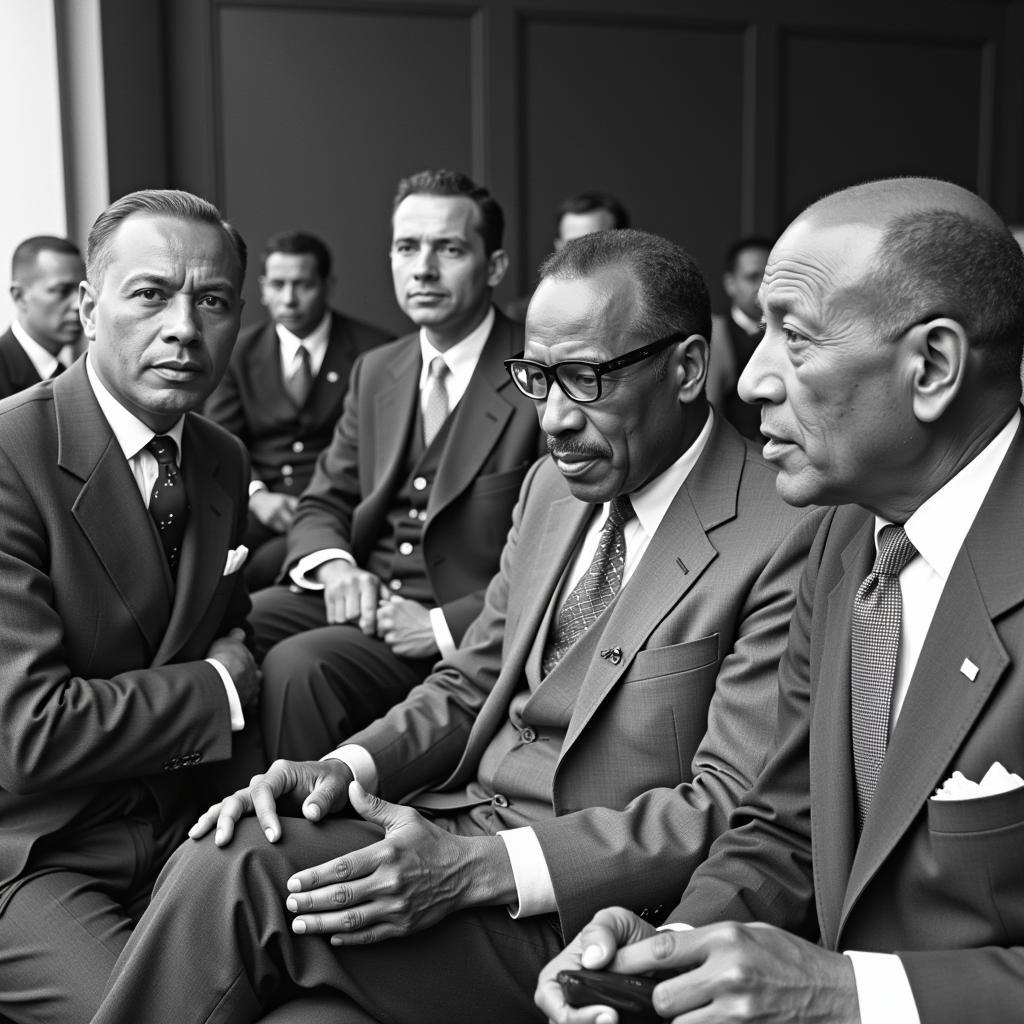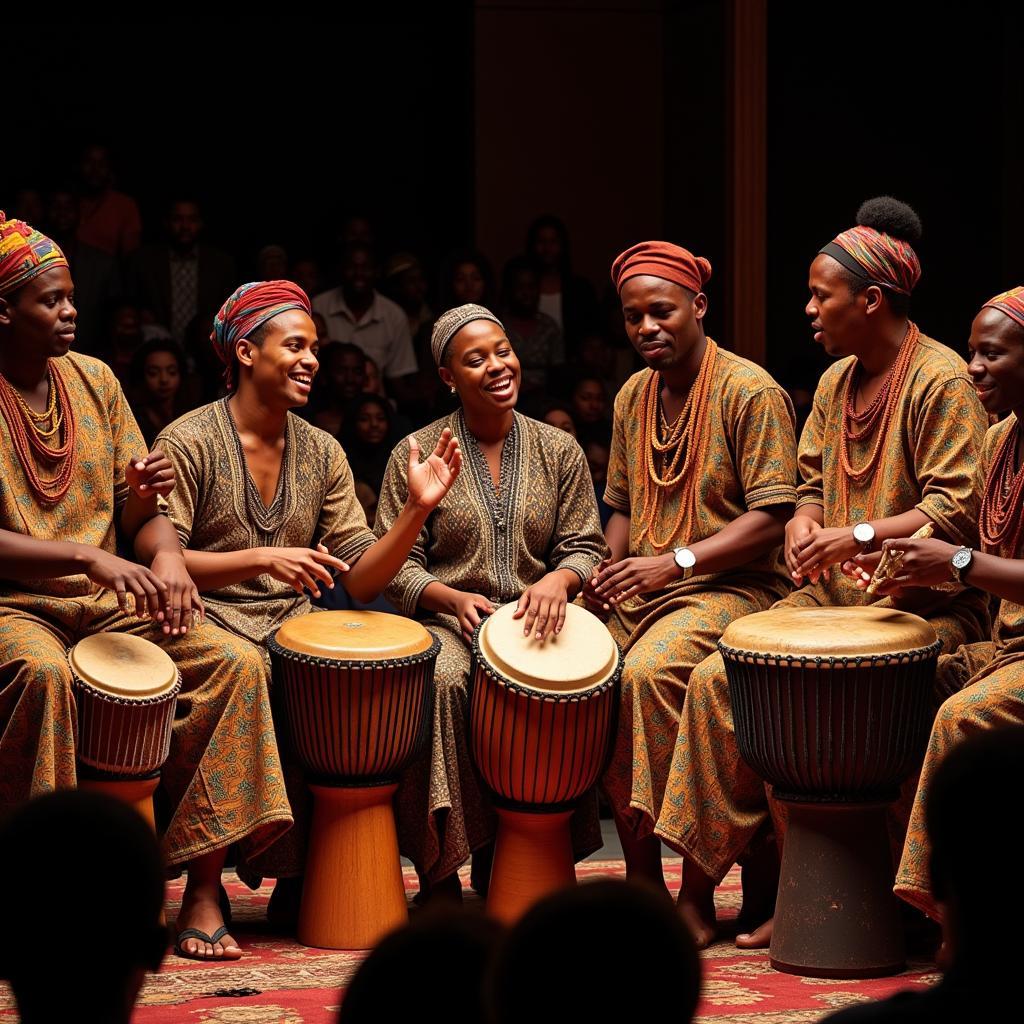African Countries and the Non-Aligned Movement
The Non-Aligned Movement (NAM) significantly shaped the political landscape of the 20th century, and African countries played a crucial role in its formation and development. This article explores the intricate relationship between African countries and the Non-Aligned Movement, examining their motivations, contributions, and the lasting impact on the continent.
The Genesis of NAM and Africa’s Involvement
The post-World War II era witnessed the rise of two superpowers, the United States and the Soviet Union, locked in a Cold War. Newly independent African nations, eager to forge their own paths, found the pressure to align with either bloc stifling. The Bandung Conference of 1955, also known as the Asian-African Conference, laid the groundwork for NAM, fostering solidarity among newly independent nations in Asia and Africa. Leaders like Kwame Nkrumah of Ghana, Gamal Abdel Nasser of Egypt, and Jawaharlal Nehru of India championed the principles of non-alignment, advocating for a third way, free from the constraints of the Cold War rivalry. 1955 asian african conference.
 African Leaders at the Bandung Conference
African Leaders at the Bandung Conference
African Decolonization and the Cold War’s Influence
The Non-Aligned Movement provided a platform for African countries to advocate for decolonization and self-determination. The movement’s principles resonated deeply with African nations striving to break free from colonial rule. Many African countries saw NAM as a shield against neocolonialism and a means to secure economic and political independence. The Cold War context, however, often complicated matters, with both superpowers attempting to influence newly independent nations. african decolonization and the cold war.
How did NAM help African countries during decolonization?
NAM provided a unified voice for African nations demanding independence, strengthening their collective bargaining power on the international stage. It also offered a framework for mutual support and cooperation.
The Role of Key African Leaders in NAM
Several African leaders emerged as prominent figures within the Non-Aligned Movement. Their contributions were instrumental in shaping the movement’s agenda and solidifying its global influence. Kwame Nkrumah, a staunch advocate of Pan-Africanism, saw non-alignment as a key strategy for achieving African unity and liberation. Gamal Abdel Nasser, through his leadership in the Suez Crisis, demonstrated the potential of non-aligned nations to resist superpower intervention.
“The Non-Aligned Movement offered African nations a platform to assert their sovereignty and pursue their own development agendas,” says Dr. Anika Mwangi, a historian specializing in post-colonial Africa.
What were the primary goals of African nations within NAM?
African countries within NAM primarily sought political independence, economic development, and an end to racial discrimination. They also aimed to promote peace and cooperation among nations based on the principles of equality and mutual respect.
Challenges and Transformations within NAM
The Non-Aligned Movement faced numerous challenges throughout its history. Internal divisions, regional conflicts, and the changing global landscape tested the movement’s unity and relevance. The end of the Cold War brought new complexities, raising questions about the future of non-alignment in a unipolar world.
“Despite the evolving geopolitical context, the core principles of NAM, such as self-determination and multilateralism, remain relevant in the 21st century,” notes Professor Adebayo Olufemi, a political scientist specializing in international relations. african countries and non-aligned movement in hindi.
Conclusion: African Countries and the Enduring Legacy of NAM
African countries have been integral to the Non-Aligned Movement since its inception. NAM provided a crucial platform for African nations to advocate for their interests, promote decolonization, and navigate the complexities of the Cold War. While the movement has faced challenges, its core principles continue to resonate, shaping the foreign policies of many African countries today. The legacy of African engagement within NAM reminds us of the enduring pursuit of self-determination and a more equitable world order.
FAQ
- What is the Non-Aligned Movement?
- Why did African countries join NAM?
- Who were some key African leaders in NAM?
- What were the main achievements of NAM?
- What are the challenges facing NAM today?
- How does NAM remain relevant in the 21st century?
- What is the future of NAM?
Need assistance? Contact us 24/7: Phone: +255768904061, Email: kaka.mag@gmail.com, Address: Mbarali DC Mawindi, Kangaga, Tanzania.





